How to Choose the Right Pasta Making Course in NYC
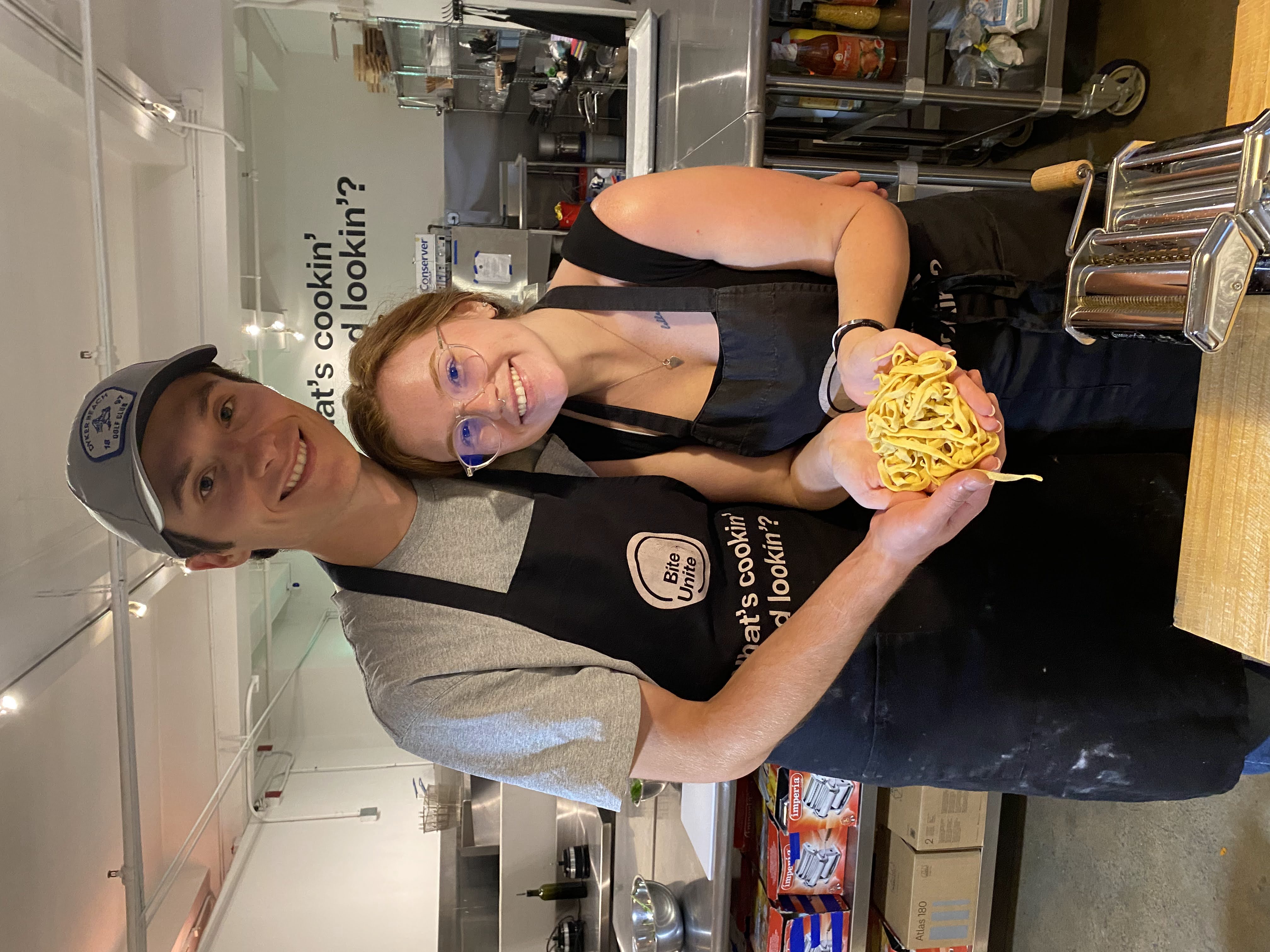
Because not all noodles are created equal—and neither are pasta classes.
In a city like New York—where you can find a Michelin-starred omakase next door to a $2 slice joint—choosing the rightpasta cooking course can feel like trying to pick your favorite child… if your children were all made of carbs.
Whether you’re a culinary newbie, an experienced home cook, or just a pasta-obsessed New Yorker looking to roll dough on a Tuesday night, this guide will walk you through how to choose the pasta course that best fits your goals, taste buds, and vibe. From romantic date nights to chef-level intensives, here’s how to sift through the flour-dusted options and find your perfect pasta match.
Start With Your Pasta Purpose
Before you book the first class you find on Google, ask yourself: Why am I doing this? Because your reason will shape your experience.
- Just for fun? Look for casual, social settings with wine, music, and lots of laughs.
- To level up your kitchen skills? Go for classes that dive deep into technique and tradition.
- A romantic evening? Choose an experience that includes dinner and ambiance.
- Team bonding or group events? Seek out larger studios that offer private bookings.
- A gift for someone special? Make sure the class offers flexible dates or gift certificates.
Once you know what you want out of it, the rest becomes much easier.
Consider Class Format: Hands-On vs. Demo
Most NYC pasta classes fall into two formats: hands-on workshops or chef-led demonstrations.
Hands-On Classes
These are the crowd favorites. You’ll actually make the dough, roll it out, shape the pasta, and maybe even help cook it before devouring it. These classes are immersive, educational, and usually more fun.
🔹 Best for: People who want to learn by doing.
Demo Classes
You’ll watch a chef prepare pasta while learning techniques, tasting dishes, and sometimes assisting. These are less physically involved but still educational and tasty.
🔹 Best for: Observers, beginners nervous about jumping in, or folks who just want dinner with a story.
Pro Tip: If it’s your first time, go hands-on. You'll learn so much more by messing up a ravioli than by watching someone else perfect it.
Class Size Matters
Let’s talk numbers. Class size can dramatically impact the vibe and value of your experience.
- Small Classes (4–10 people)
These tend to be more intimate and personal. You'll get one-on-one attention and the pace is often more relaxed.
🔹 Great examples: BiteUnite’s Pasta Class in NYC keeps things cozy, ensuring each guest gets time and space to learn. - Medium Classes (10–20 people)
Lively and social, these can be a lot of fun—especially if you're coming with a friend or partner. There’s usually a bit of a wait to use tools or get help, but it balances interaction with instruction. - Large Classes (20+ people)
Better for corporate events or big group outings. Expect less individual attention and more of a party vibe.
Ask before booking: Many class listings include group size. If not, email the host and ask.
Location, Location… and Commute
This is New York—we all have strong feelings about leaving our boroughs. Choose a class that fits into your lifestyle. Pasta is great. A 90-minute train ride to get it? Less so.
Here’s a quick rundown of popular locations:
- Manhattan (Chelsea, Flatiron, SoHo): Central and subway-friendly. Great for BiteUnite, Eataly, and ICE.
- Brooklyn (Williamsburg, DUMBO): Artsy vibes and local chefs—often slightly more affordable.
- Queens & Beyond: You’ll find hidden gems and smaller studios—often with a more community-focused feel.
BiteUnite’s Chelsea studio is a strong pick for its central location and easy access from almost anywhere in NYC.
Read Reviews (But Read Between the Lines)
Online reviews are a goldmine—but don’t just look at the stars. Read what people actually say.
Look for:
- Mentions of hands-on involvement
- Comments about the instructor’s vibe
- Notes on value (“worth the price,” “felt rushed,” “so much food!”)
- Photos of actual food (vs. stock photos)
Watch out for:
- Multiple mentions of classes starting late or being unorganized
- Complaints about large group sizes or lack of personal instruction
- Words like “basic” if you’re looking for something in-depth
What's On the Menu?
Not all pasta classes teach the same thing. Ask yourself: Do I want to learn to make tagliatelle… or tortellini from scratch?
Here are common options:
- Tagliatelle/Fettuccine: Great for beginners. Easy to make and oh-so satisfying.
- Ravioli/Tortellini: A little more advanced. You’ll learn dough + filling + sealing technique.
- Gnocchi: Potato-based and fun to shape. Often paired with butter sauces.
- Orecchiette, Trofie, Busiate: Hand-rolled southern styles that show off advanced technique.
- Sauces: Some classes include sauce-making—others pair your pasta with pre-made sauces.
At BiteUnite, for example, you’ll often make classic long pasta paired with seasonal sauces like tomato-basil, sage brown butter, or cacio e pepe. It’s accessible but never boring.
Pricing & What’s Included
Prices vary widely—from $60 for a BYOB pasta party to $180+ for a pro-level experience. Before you book, make sure you know what’s included:
✅ Ingredients and tools
✅ Apron (bonus points if you keep it)
✅ Full meal (or tasting)
✅ Recipe cards or take-home guides
✅ Wine or beverage options
💡 Hot tip: Some places charge extra for wine or add-ons. Others, like BiteUnite, often include everything in one price—no surprise floury fees.
Best Pasta Class in NYC? BiteUnite Checks All the Boxes
If you want a class that combines skill-building, good vibes, and a delicious shared meal, BiteUnite in Chelsea is the gold standard. It’s intimate, hands-on, and consistently praised for its chef quality without the snobbery. Plus, it’s super central.
🔗 Ready to book? Reserve your spot at BiteUnite here
Final Forkful: Pasta That’s Worth Your Time
Choosing the right pasta cooking course in NYC isn’t just about learning how to make noodles—it’s about crafting an experience. One where flour flies, sauce simmers, wine pours, and strangers become friends.
So whether you want to impress your next dinner guests or just break free from your boxed spaghetti habit, know this: the perfect pasta class is out there, and it’s probably a short subway ride away.
Just remember:
- Know your goal
- Pick your format
- Ask about class size
- Check the menu
- Read the reviews
- Wear comfortable shoes (you’ll thank me later)
And above all, go with a place that knows how to bring flavor and fun to the table.
Now… who’s hungry?

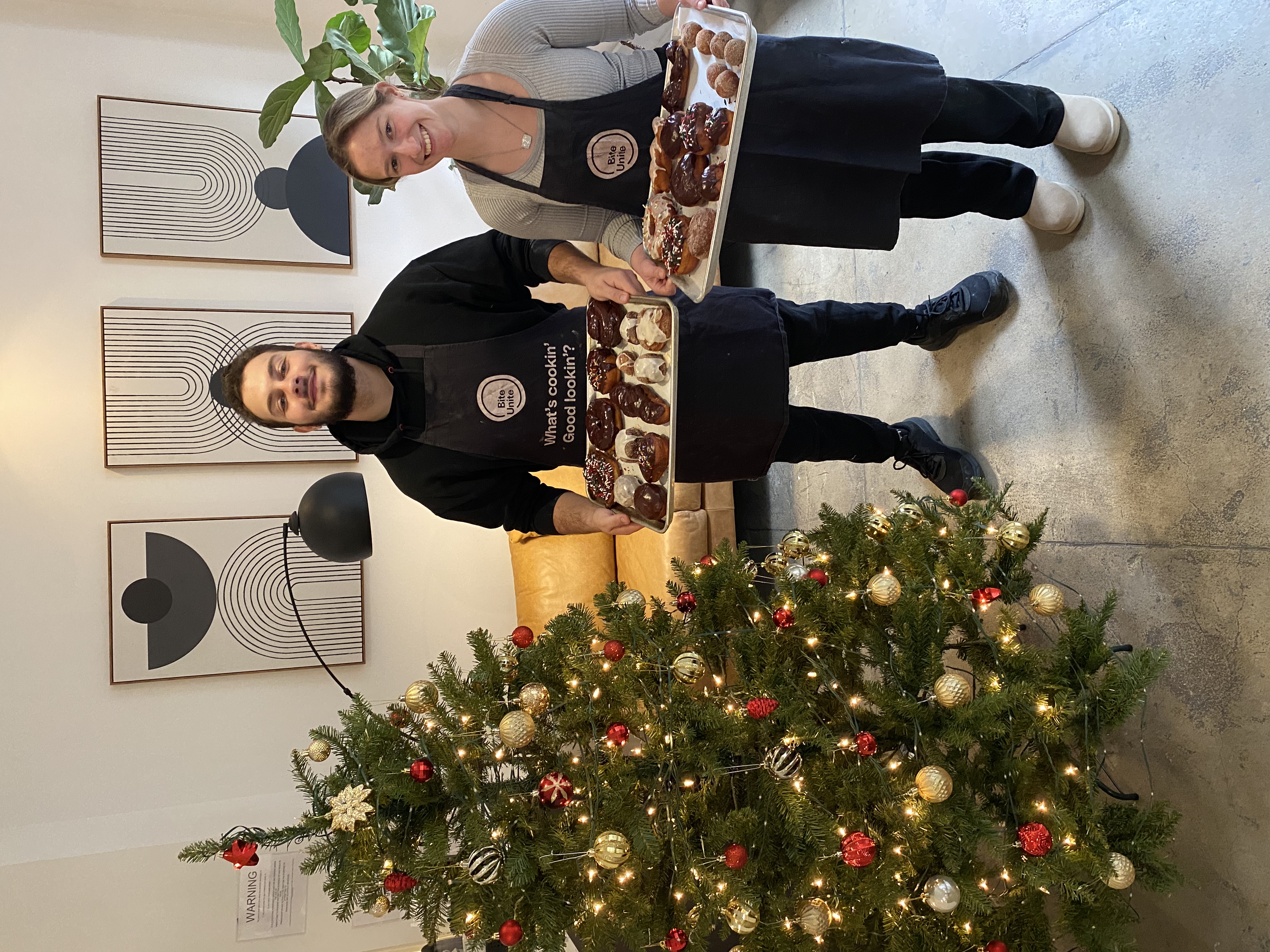




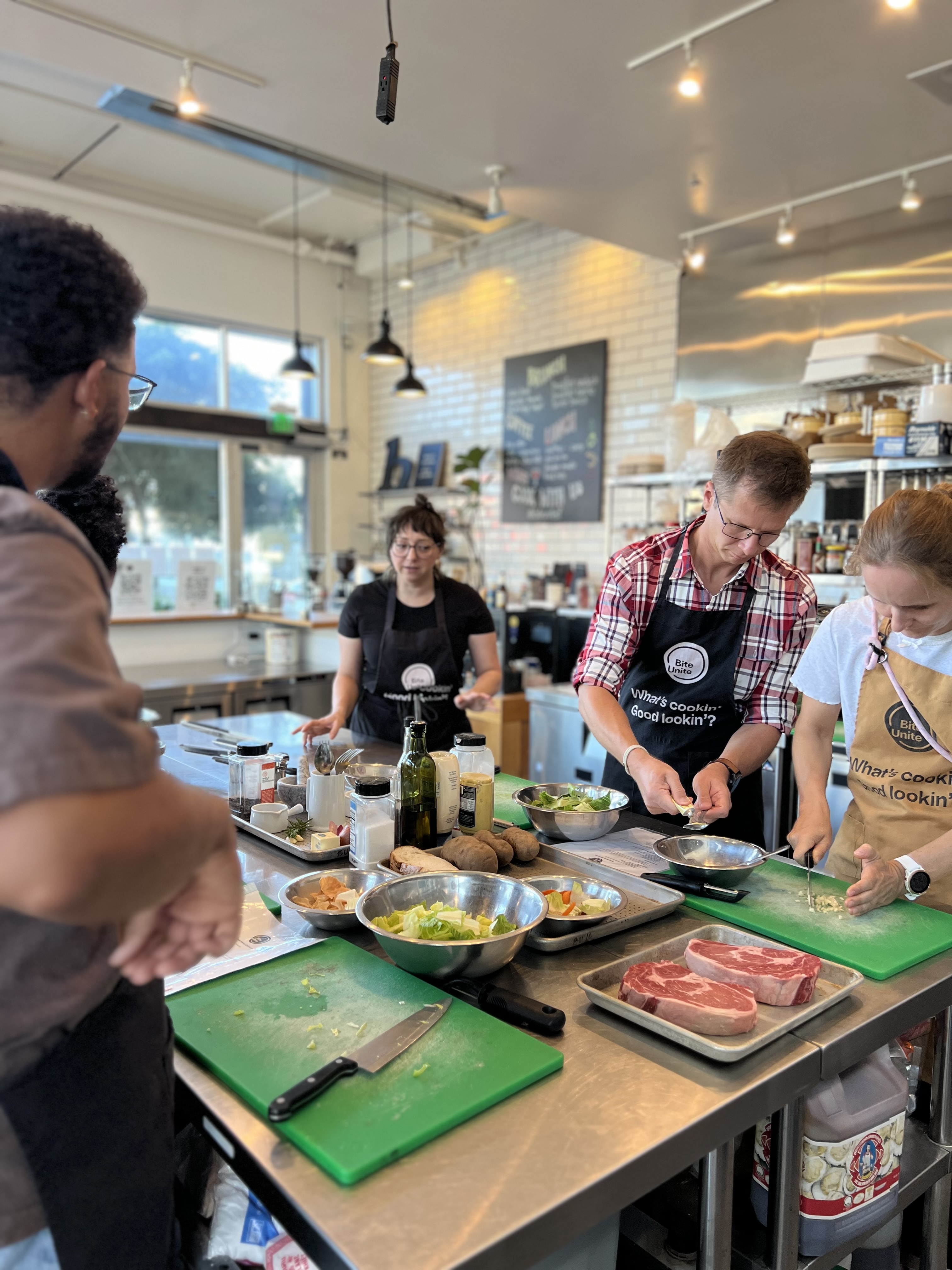
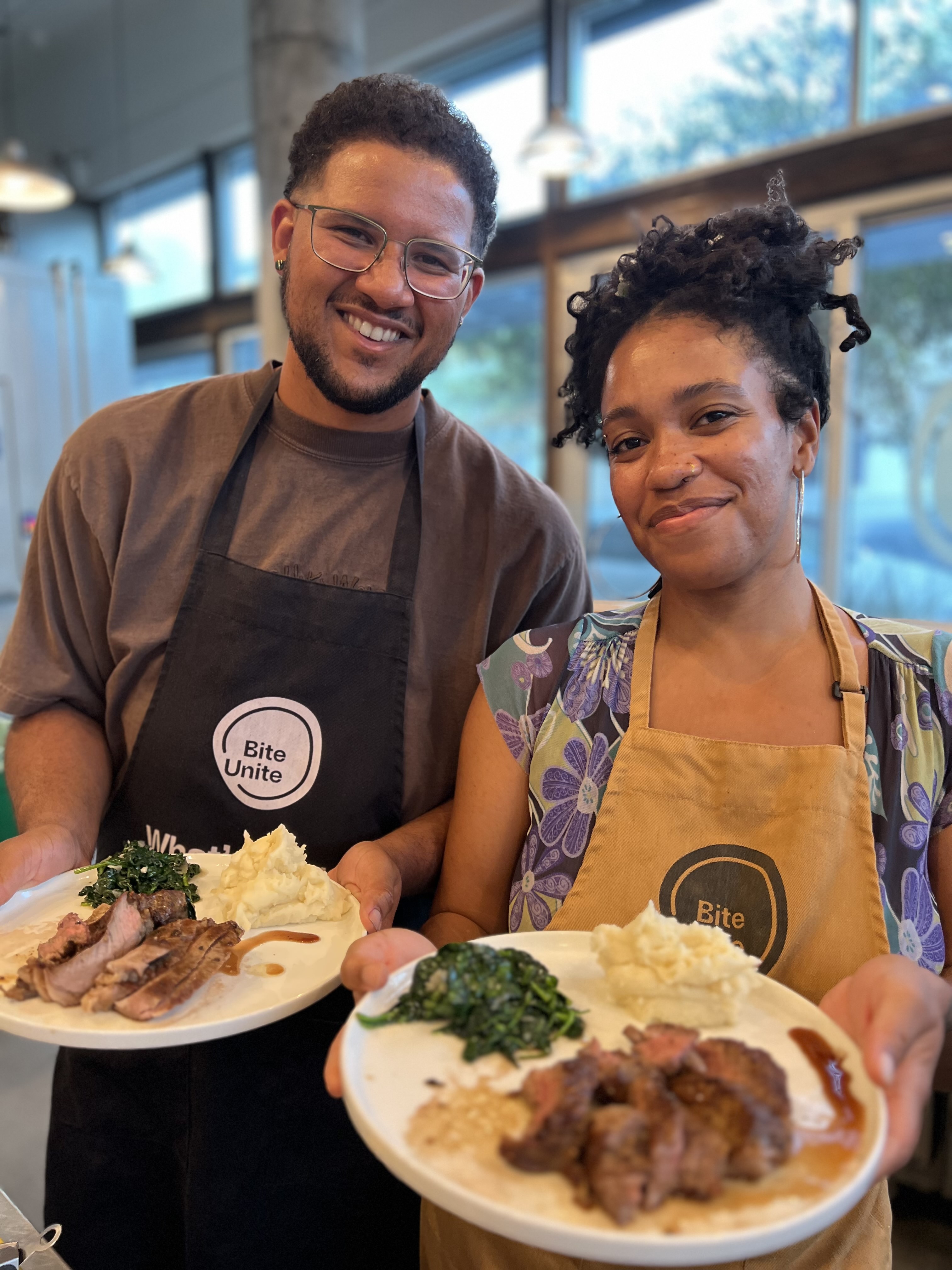



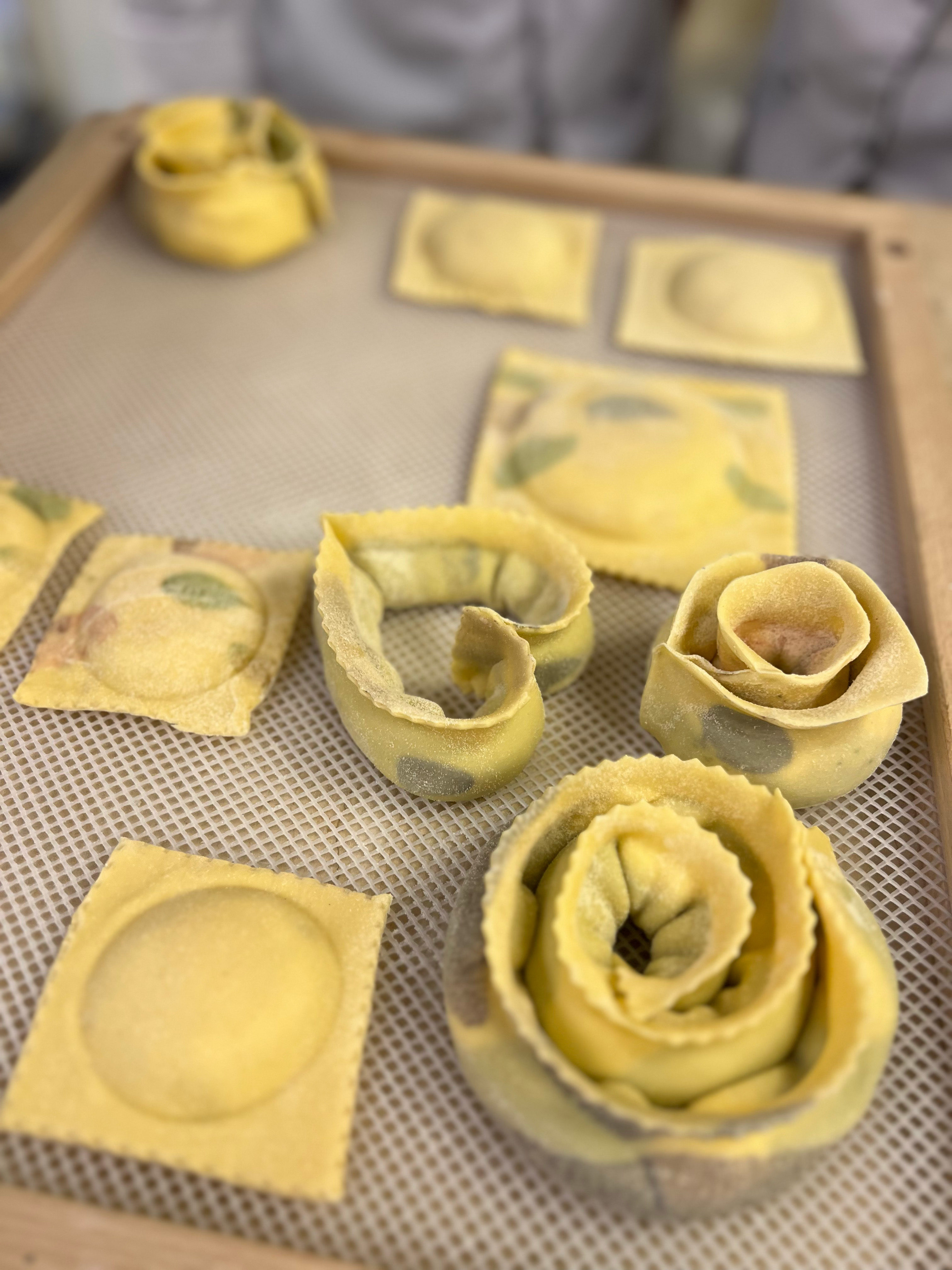


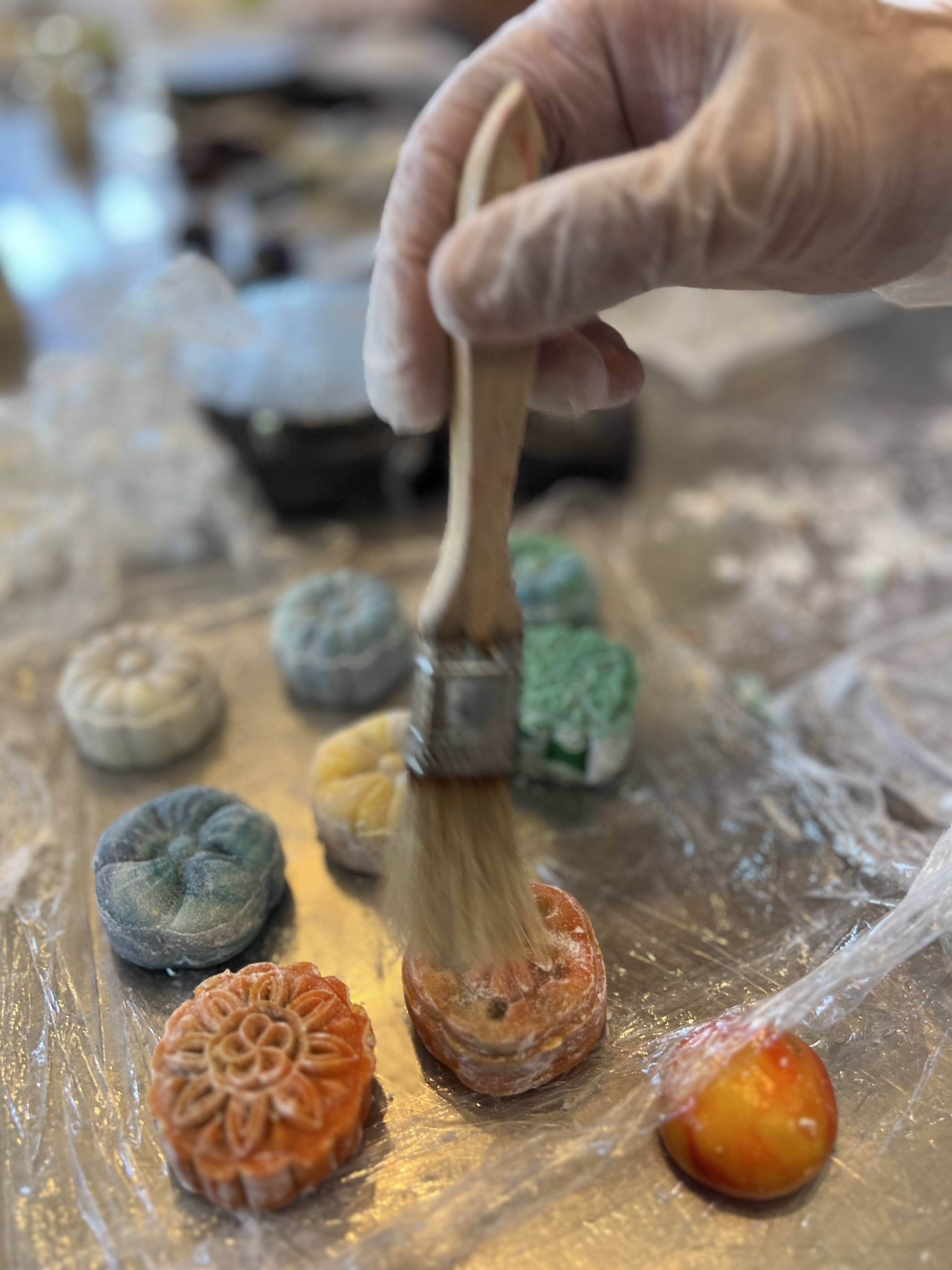

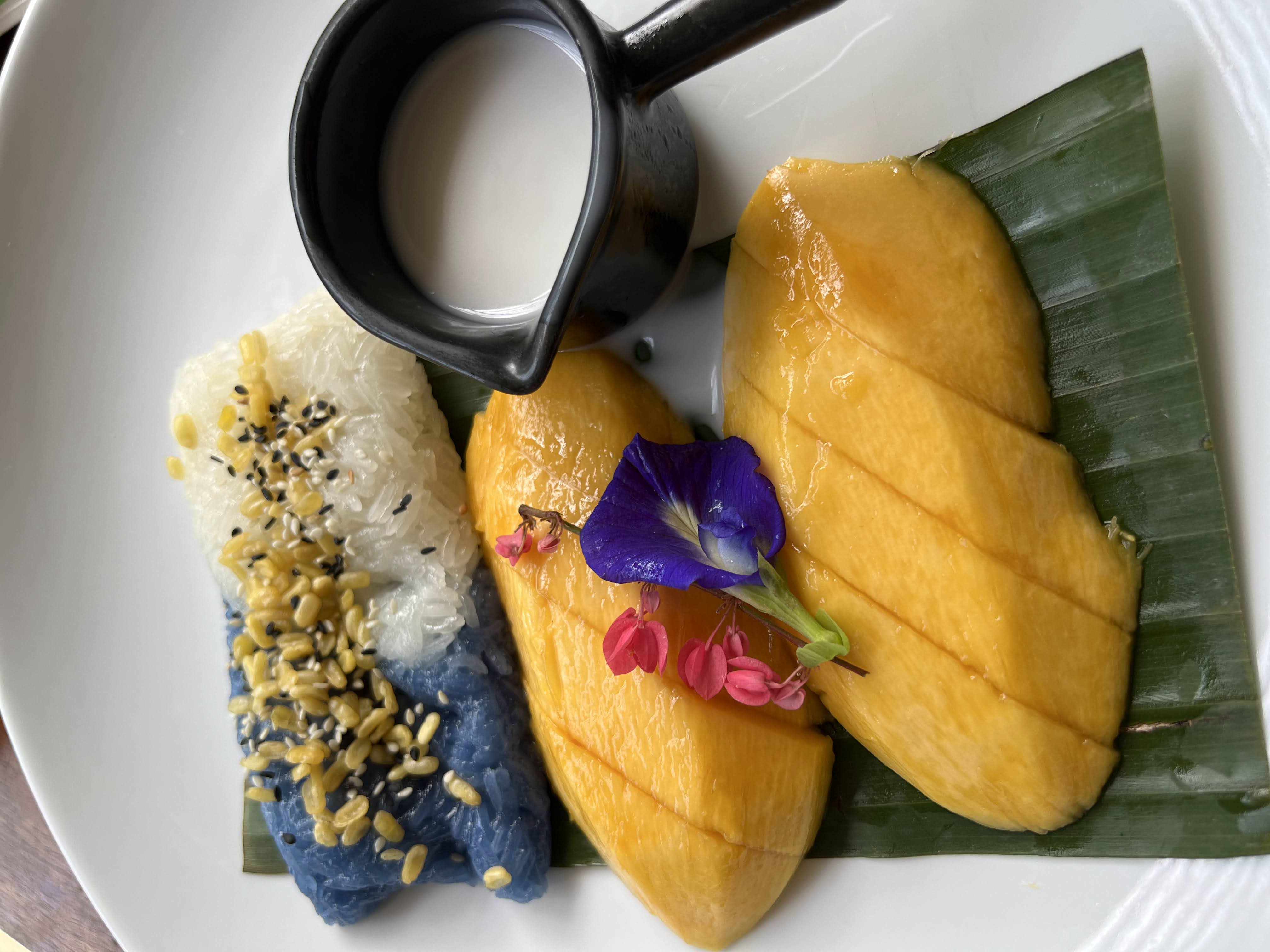
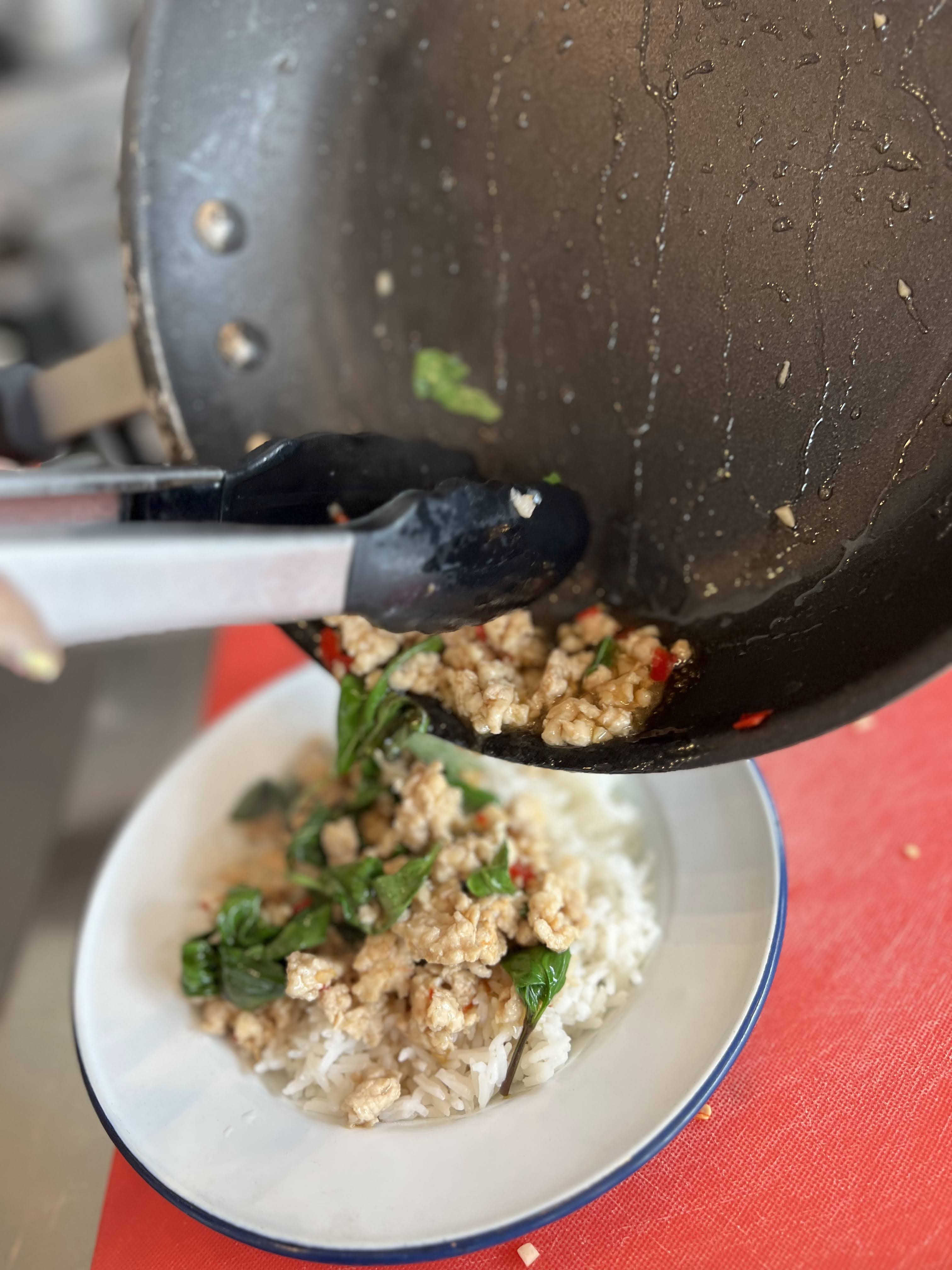
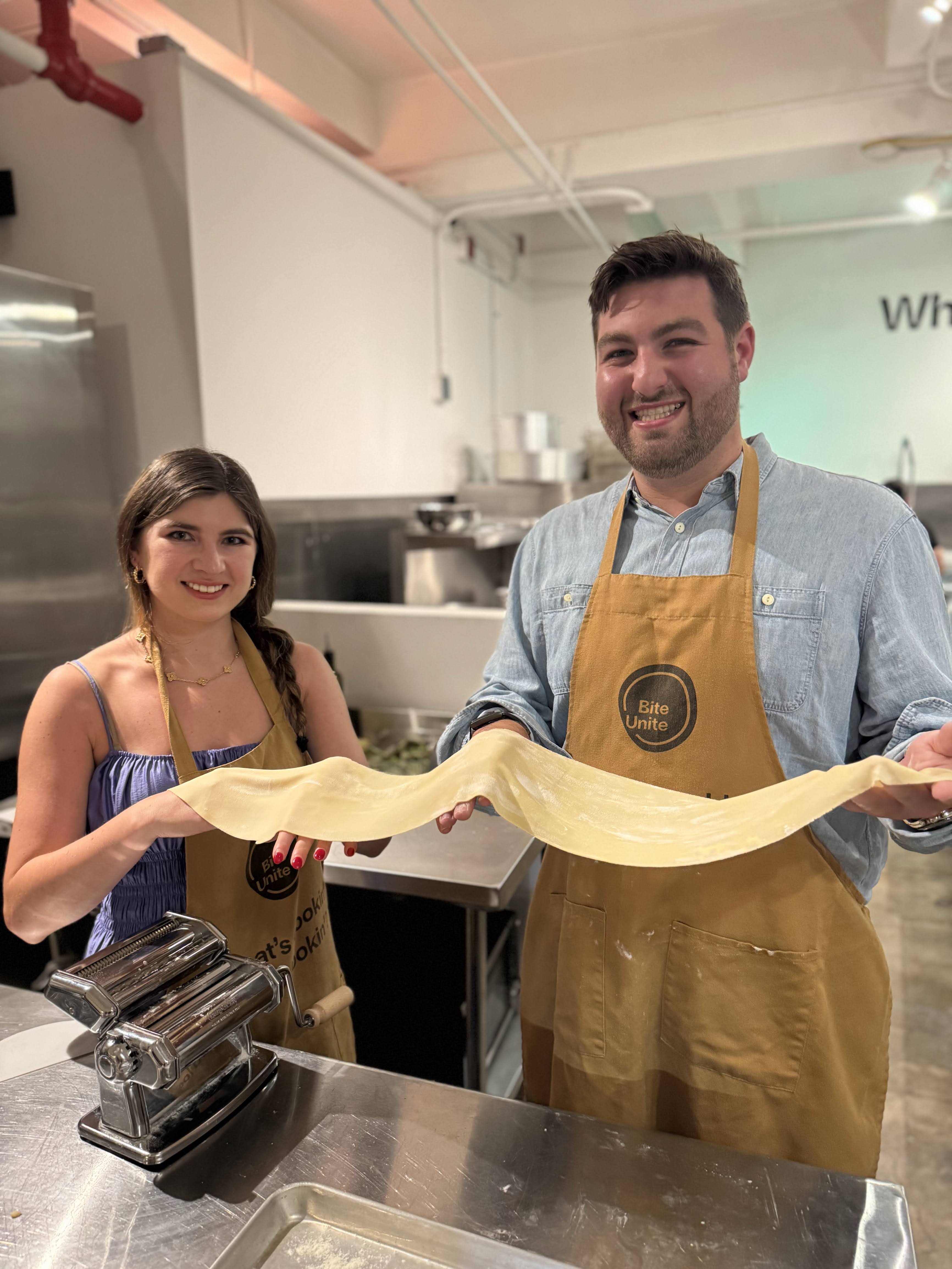
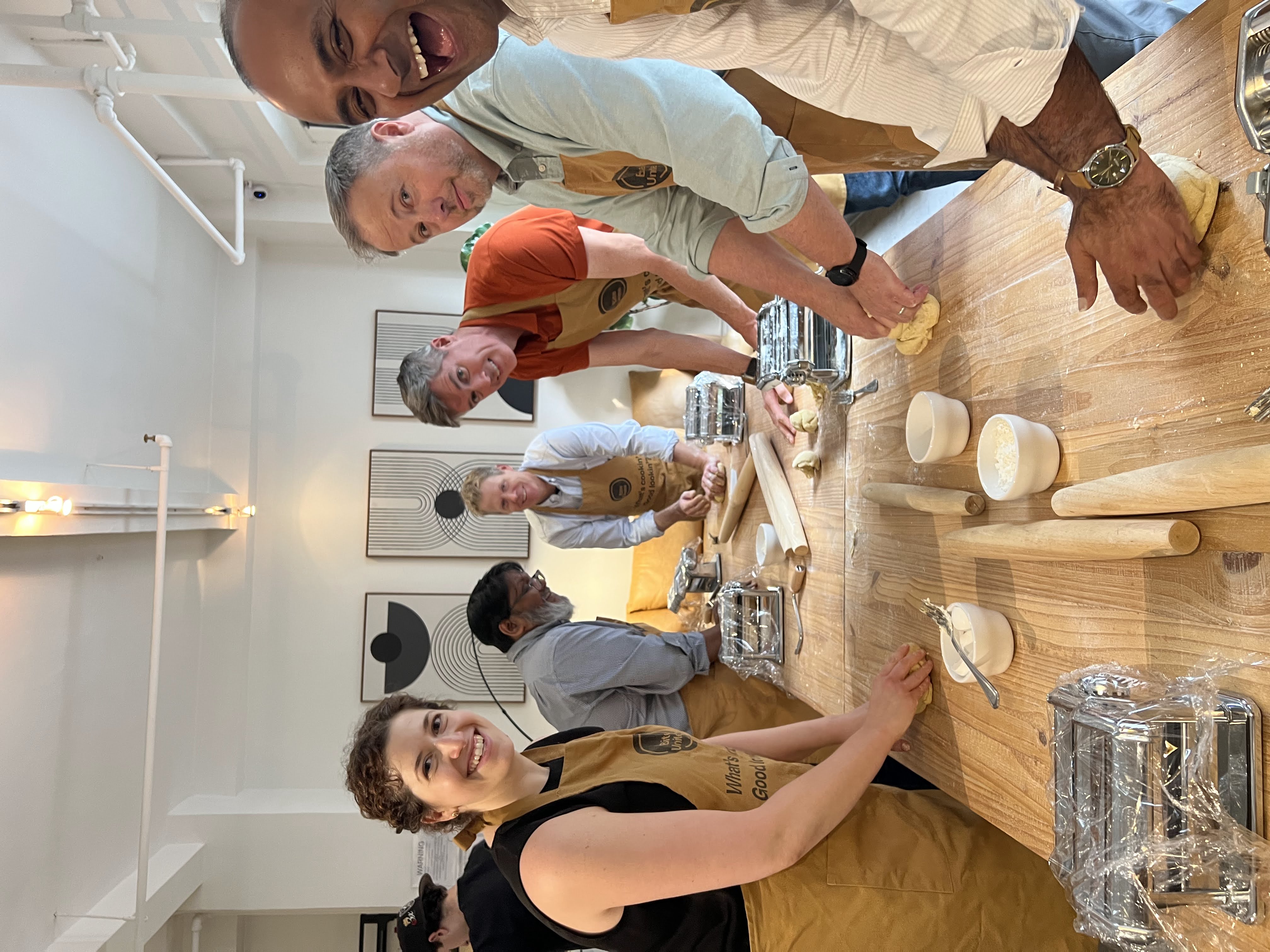
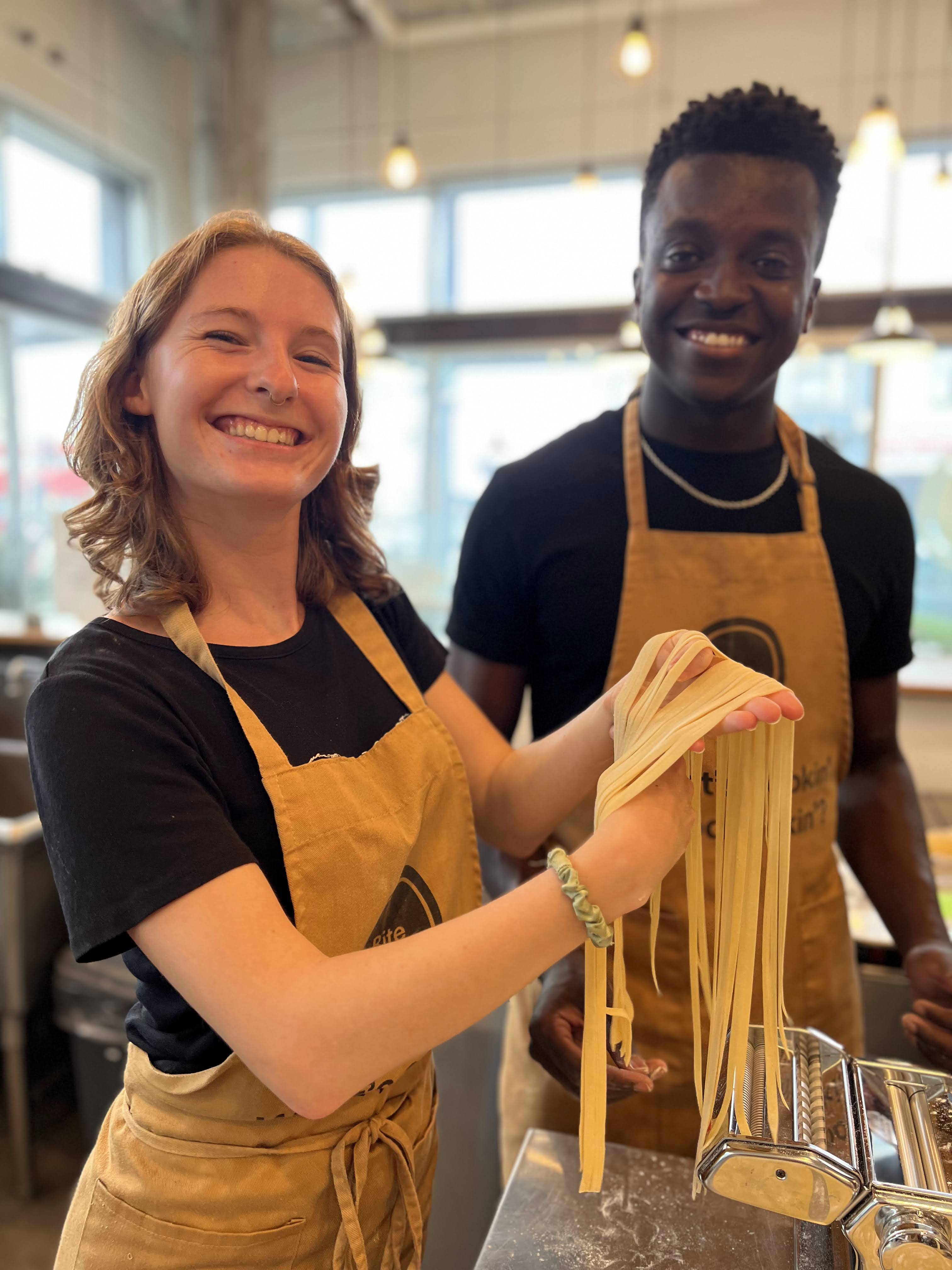
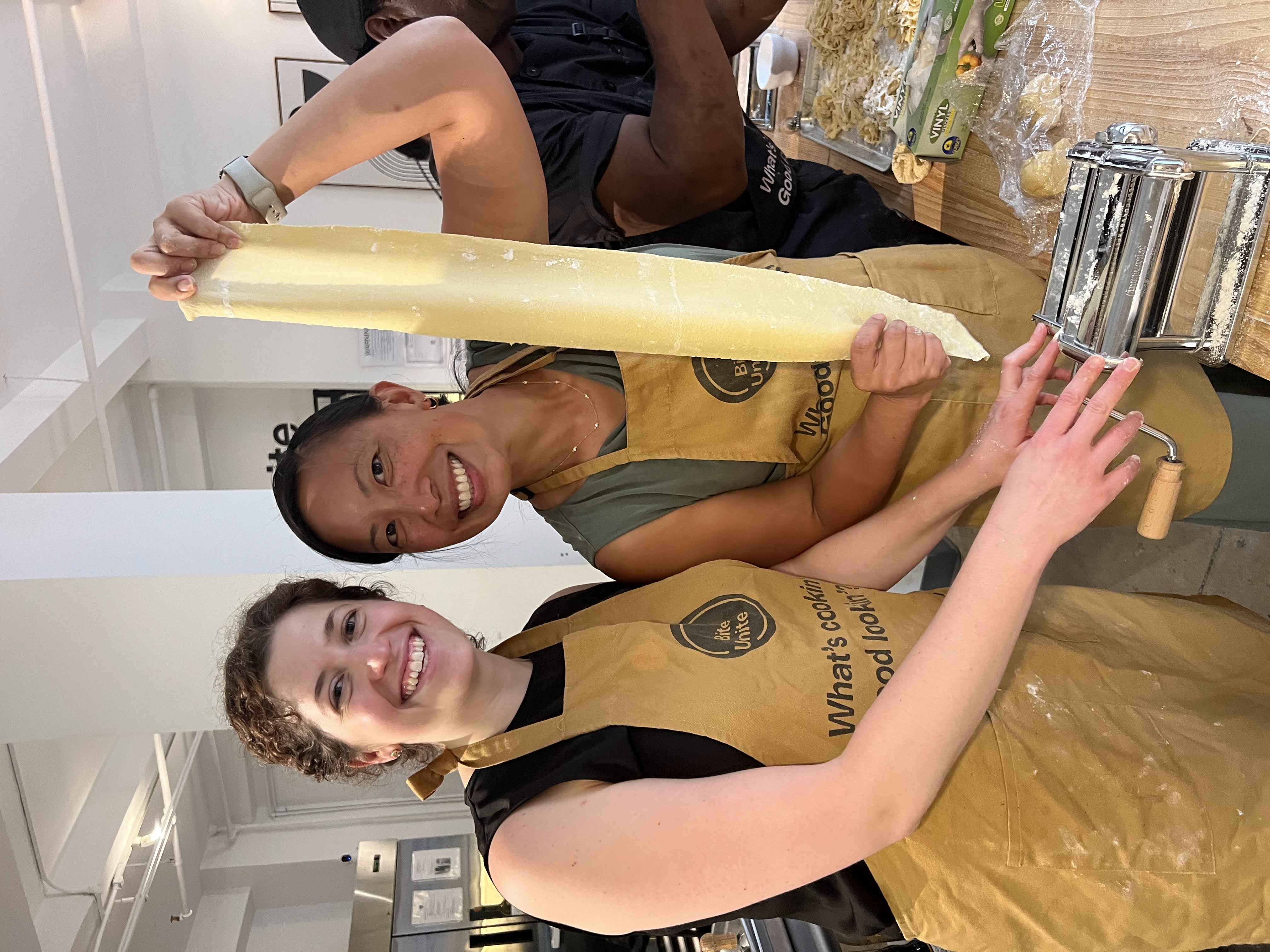
.jpg)
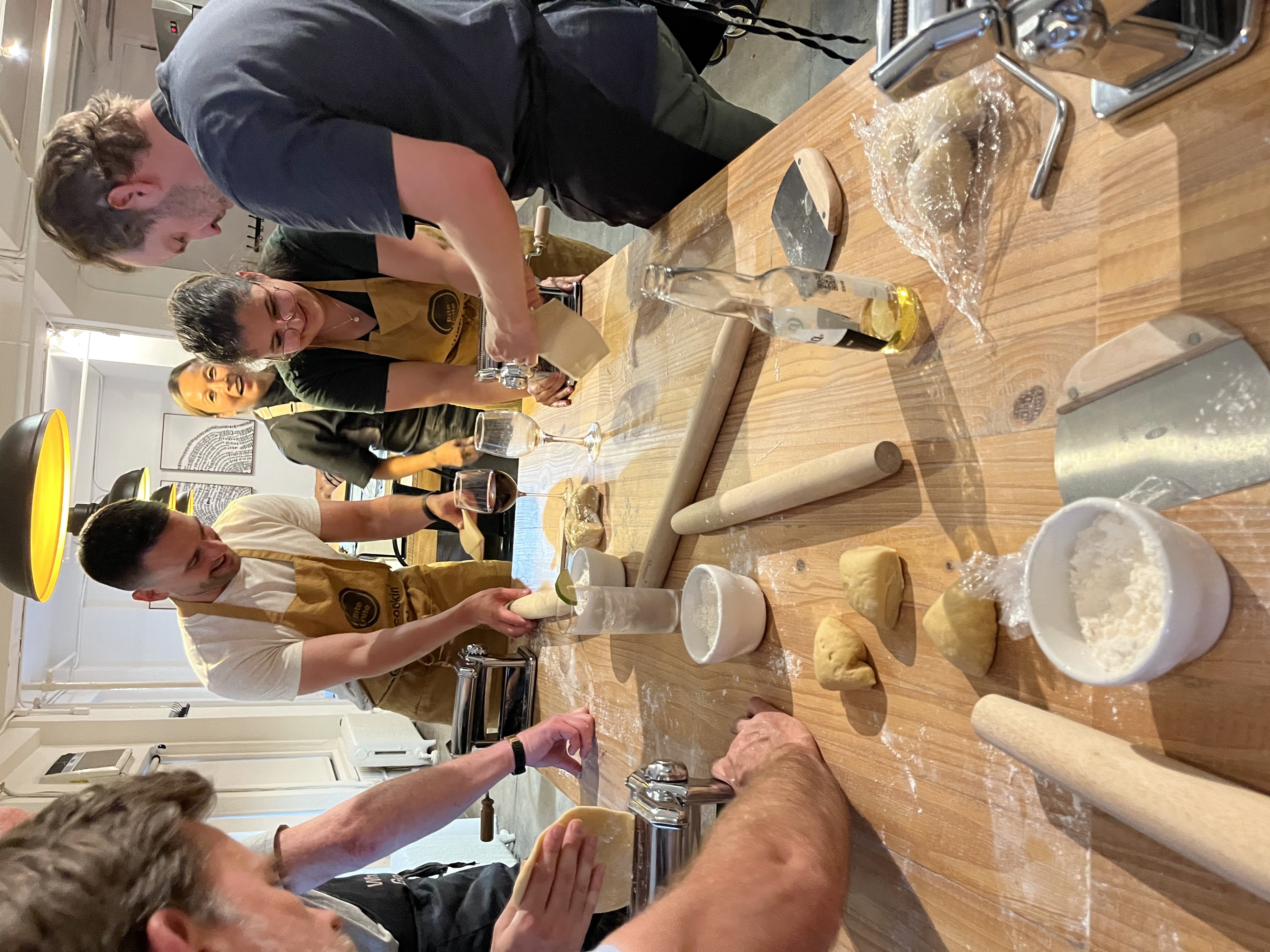
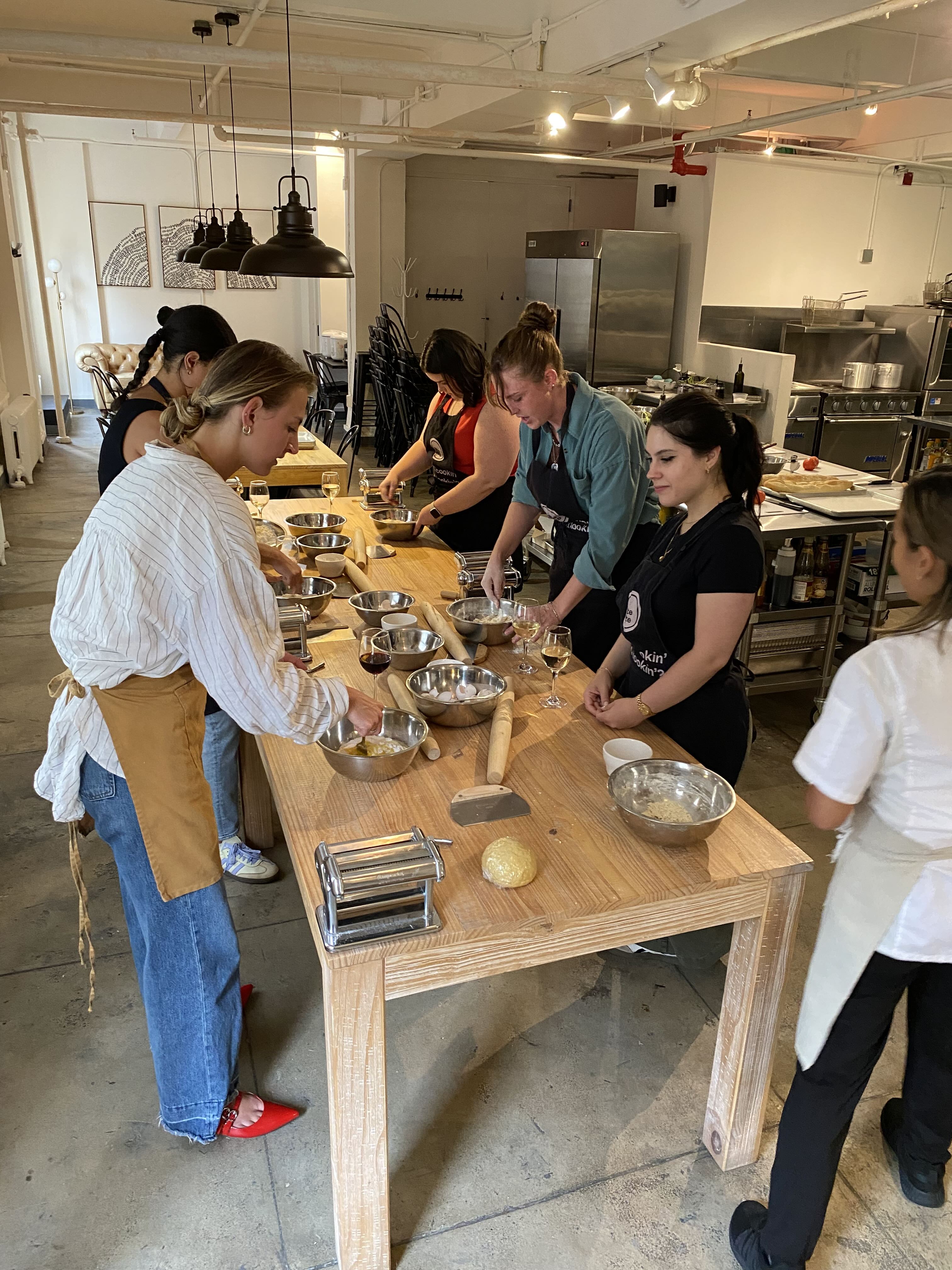
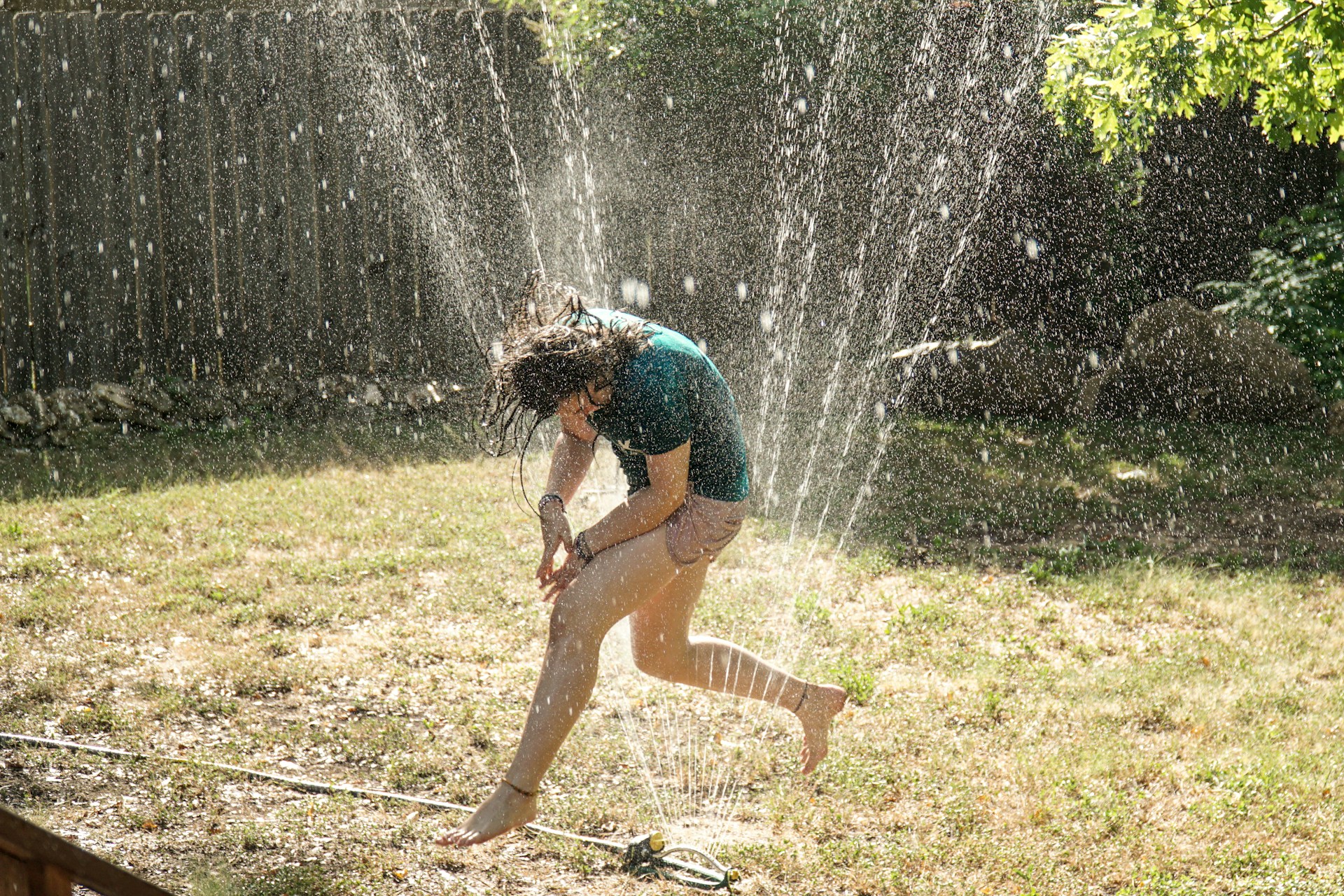


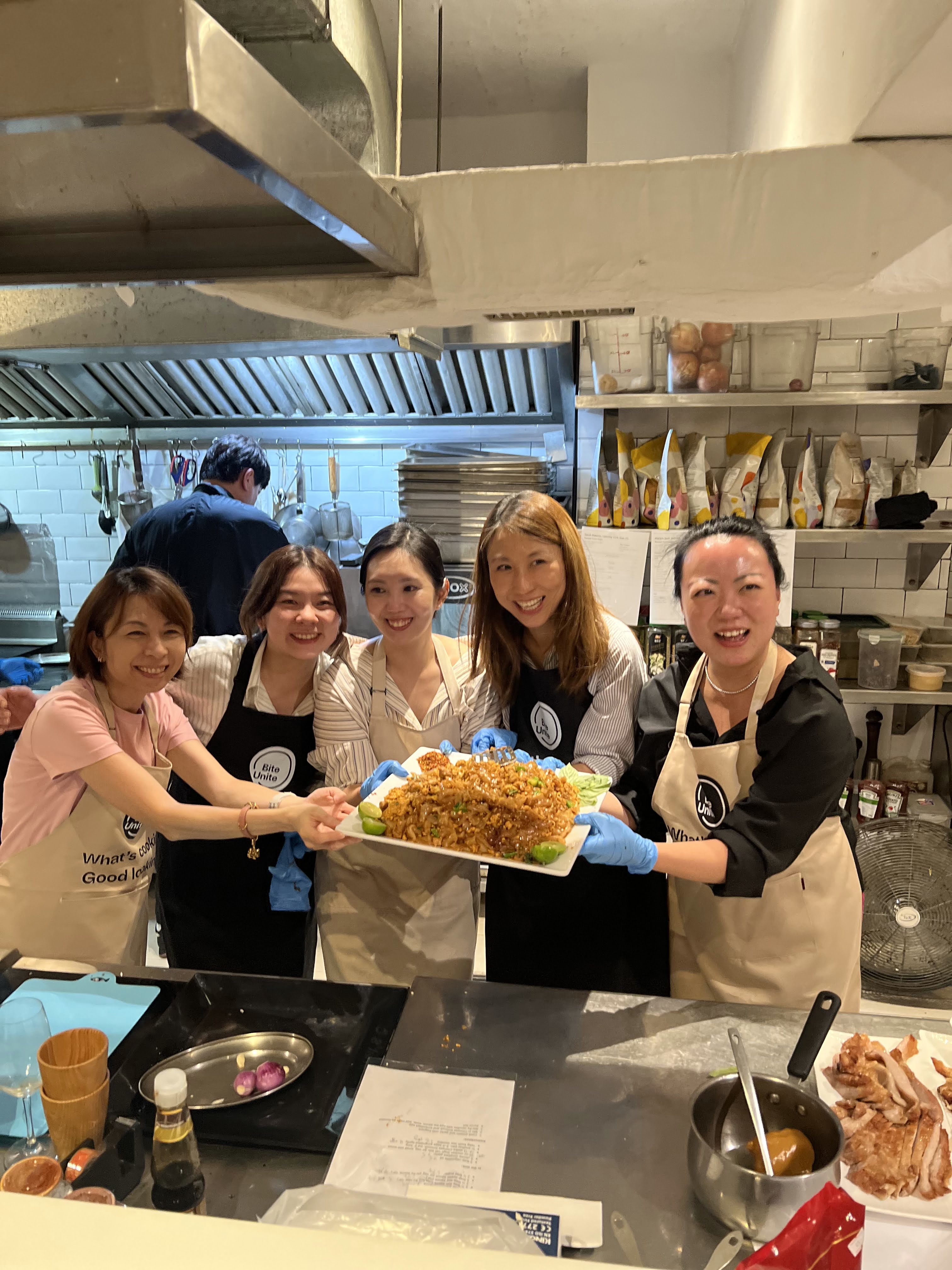
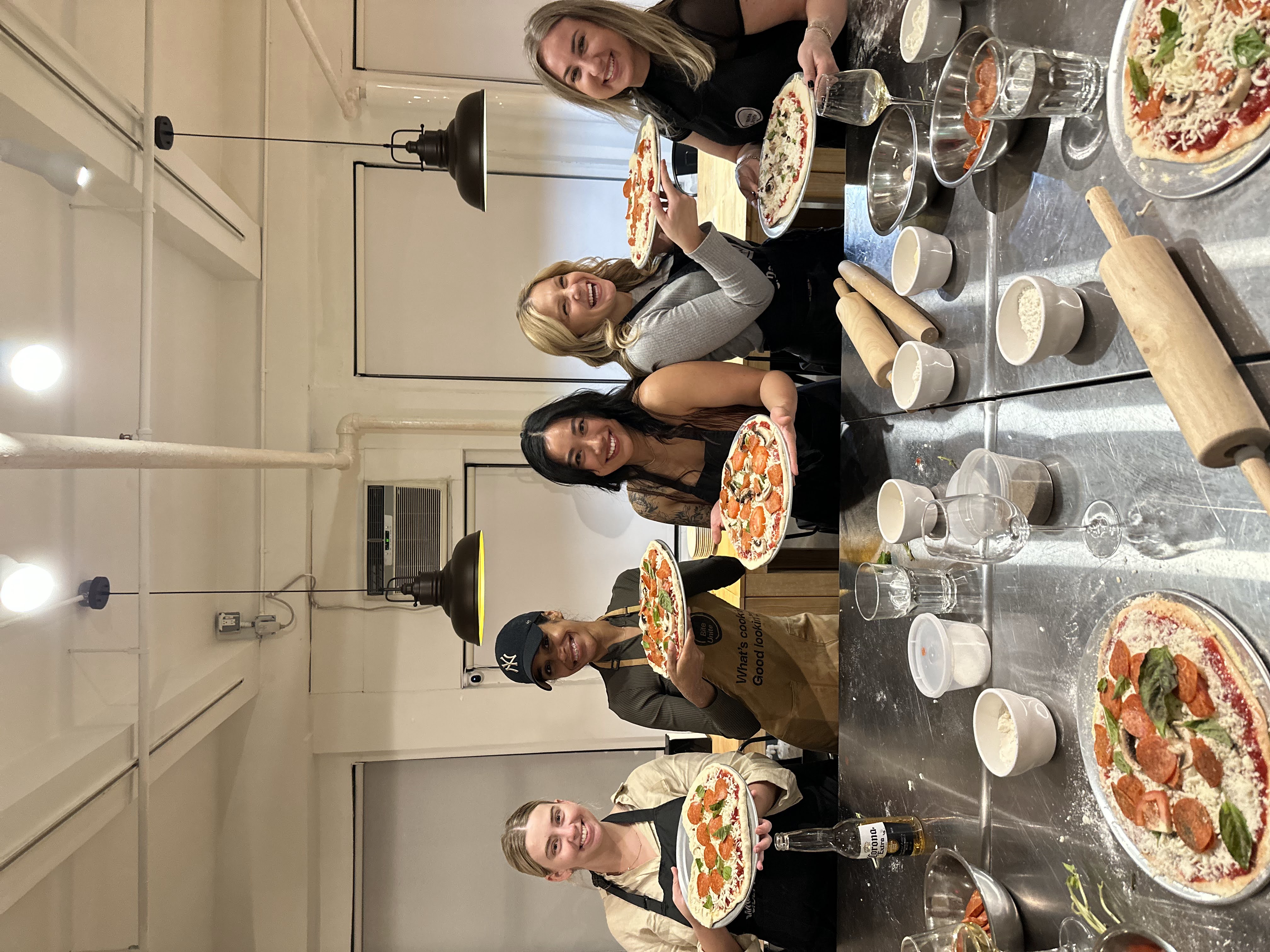

.jpg)


.JPG)
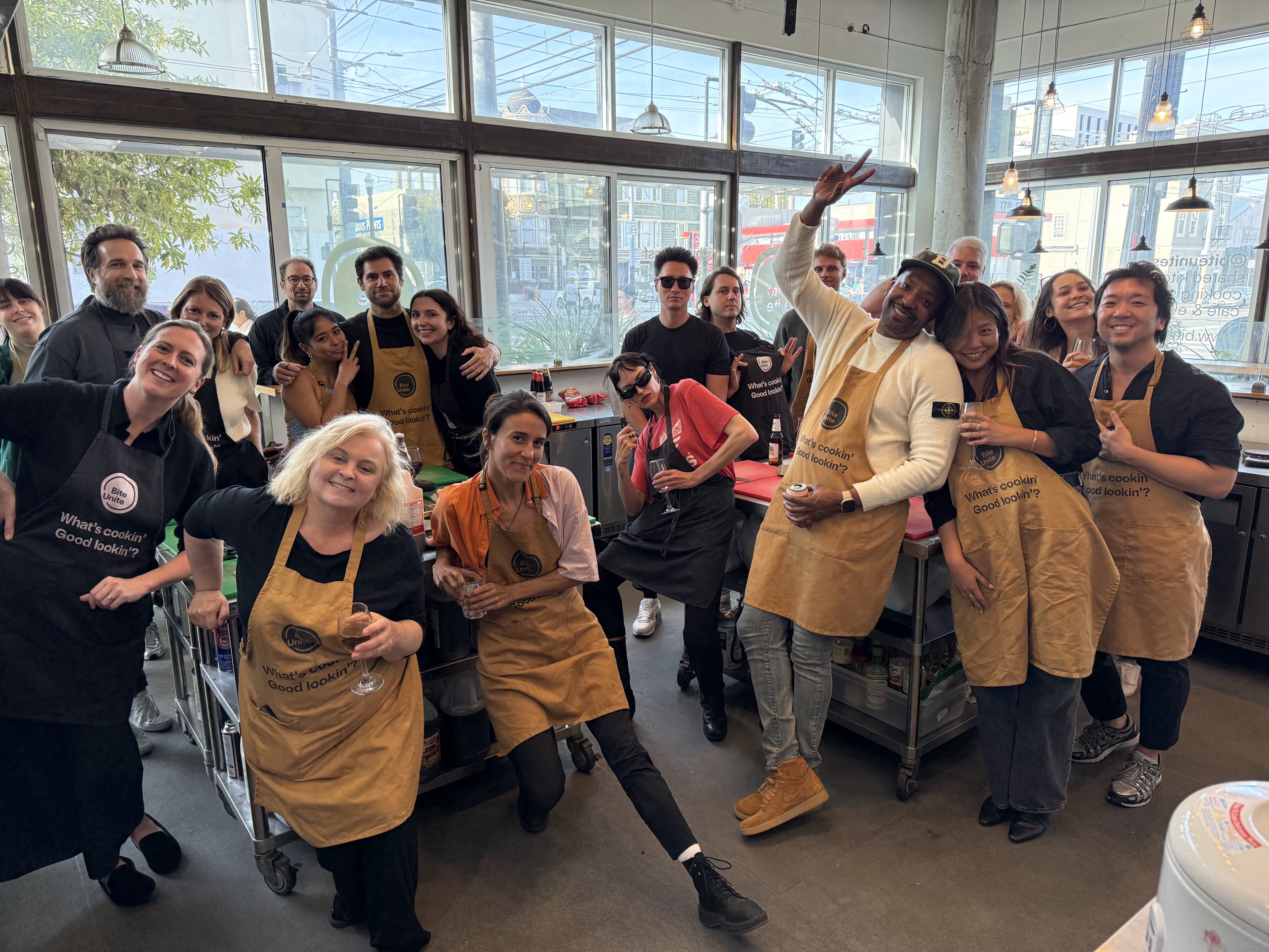
.jpg)















.webp)

























